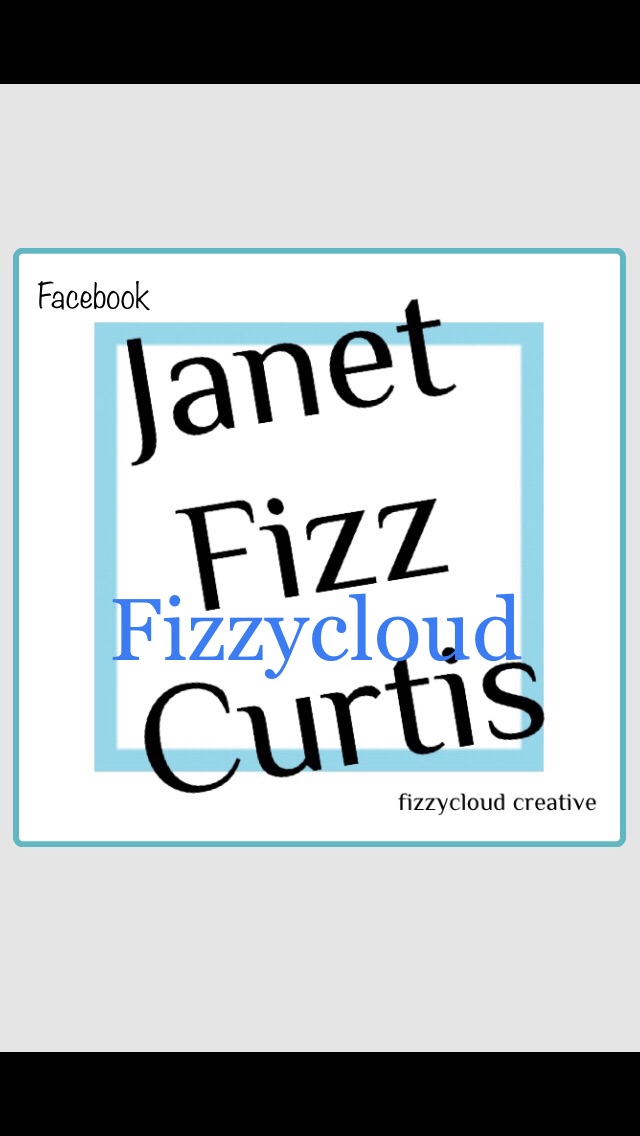What the Dickens…?
This article will talk about relatives of Charles Dickens and their relationship to Irene Mawer, and it can get a bit complicated. So here is a quick run-down of who’s who:
– Charles Dickens (1812-1870), famous English author
– Henry Fielding Dickens (1849-1933); a son of Charles Dickens. Married Marie Roche (who became Lady Dickens)
– Katey Dickens Perugini (1839-1929); a daughter of Charles Dickens. Married Charles Edward Perugini who was the uncle of Mark Perugini, who in turn, was the husband of Irene Mawer
– Lady Dickens (Marie Therese Roche) (1851-1940). Married Henry Fielding Dickens in 1876 which made her the daughter-in-law of Charles Dickens, although he was dead by the time the marriage took place
– Mark Edward Perugini (1876-1948) husband of Irene. Mawer. A nephew of Charles Edward Perugini by blood and, therefore, a nephew of Katey Dickens Perugini by virtue of her marriage to Charles Edward Perugini (known as Carlo). Thus, Mark was a distant relative of Henry Fielding Dickens and his wife Lady Dickens via his Uncle Charles Edward Perugini’s marriage to Katey Dickens Perugini (are you still with me? 😁)
– Irene Mawer married Mark Edward Perugini in 1930
– Enid Henrietta Monica Dickens (1877-1950) she was not a detective novelist as stated on some internet sites: a granddaughter of Charles Dickens. Married Ernest Bourchier Hawksley (1876-1931)
– Lucinda Dickens Hawksley; a great great great granddaughter of Charles Dickens, also great great granddaughter of Lady Dickens.
The story starts here:
PATRONS OF THE INSTITUTE OF MIME: Lady Dickens
Very little is known about the Institute of Mime. It was founded by Irene Mawer in 1933, in England, with the aim of consolidating mime by bringing together all the interested parties.
There is a list of Council Members and a list of patrons, both as at 1939. This blog post will look at one particular Patron: Lady Dickens.
As far as I understand it, the Council Members were the people who would have made the decisions of how the Institute of Mime was run, while patrons would have added either financial funding or prestige (or perhaps both?). In 1939 there were twenty one patrons.
The list of patrons is interesting to me because I can draw some conclusions about which social circles Irene Mawer moved in, who she knew well enough to ask them to become a patron and what relationship the patrons were to Irene and to each other. For example, one of the patrons in 1939 was Lady Dickens, who was a daughter-in-law of the celebrated English author, Charles Dickens.
At the height of his popularity, Charles Dickens (1812-1870) was extremely famous in Britain, a wealthy man, whose family moved in privileged social circles. “Guests at his parties could expect to meet actors, artists, radical politicians, prison reformers, philanthropists and musicians, as well as writers.” (Lucinda Hawksley in a book called ‘Charles Dickens and His Circle’ http://www.lucindahawksley.com/charles-dickens-and-his-circle/.
Dickens worked until the last day of his life, so I would assume that he also continued to socialise in his final years; I don’t know what date his son Henry became engaged to Marie (Lady Dickens) before they married in 1876, but it is possible that Marie moved in the same social circles, especially as her grand father was a noted classical composer, Ignaz Moscheles.
Born Marie Therese Roche in approximately 1852, Marie was a French woman. In 1876 she married Henry Fielding Dickens, who was the eighth child of Charles and Catherine Dickens. Marie and Henry went on to have seven children, one of whom became a Rear Admiral; and another became a barrister. (An incorrect internet post states that a daughter became a detective novelist.)
I do not know the date when Lady Dickens first became a patron of the Institute of Mime. The single source of information that I have is from 1939, and Lady Dickens died the following year.
While researching Irene Mawer, I have noticed that many of her performances were used to raise money for various charities, including the Red Cross. Both Charles Dickens and Henry Fielding Dickens were also great supporters of the Red Cross and gave readings of Dickens’ works to raise funds.
So, how did Irene know Lady Dickens? While it is possible that Irene would have come across Lady Dickens as part of her own social circle, it is more probable that the two women met each other through Irene’s second husband, Mark Edward Perugini (1876-1948).
Mark Perugini would not have known Charles Dickens in person, as Charles died a few years before Mark was born. However, Mark Edward Perugini was definitely part of the extended Dickens family and is mentioned in the biography ‘Katey’ which was written by Lucinda Dickens Hawksley, where he is noted as being a frequent visitor to the elderly Katey Dickens.
Katey Dickens and Lady Dickens were sisters-in-law, and Lucinda Dickens Hawksley confirms that “It would have made sense that they would have all known one another. It is likely that Mark and Irene would have met Marie and Henry through family parties.” (personal email, Lucinda Hawksley January 2021)
Credits: Thank you to:
– Elizabeth Velluet of the Dickens Fellowship for her help in this research.
– A website called Victorian Web, especially the section on Henry Fielding Dickens <http://www.victorianweb.org/victorian/authors/dickens/family/child8.html> (though at the time of my research it has an incorrect statement about a daughter of Lady Dickens. The name of the daughter is wrong and the daughter was not a detective novelist)
– Lucinda Hawksley, author of ‘Katey – the Life and Loves of Dickens’s Artist Daughter’. Great great granddaughter of Charles Dickens.

